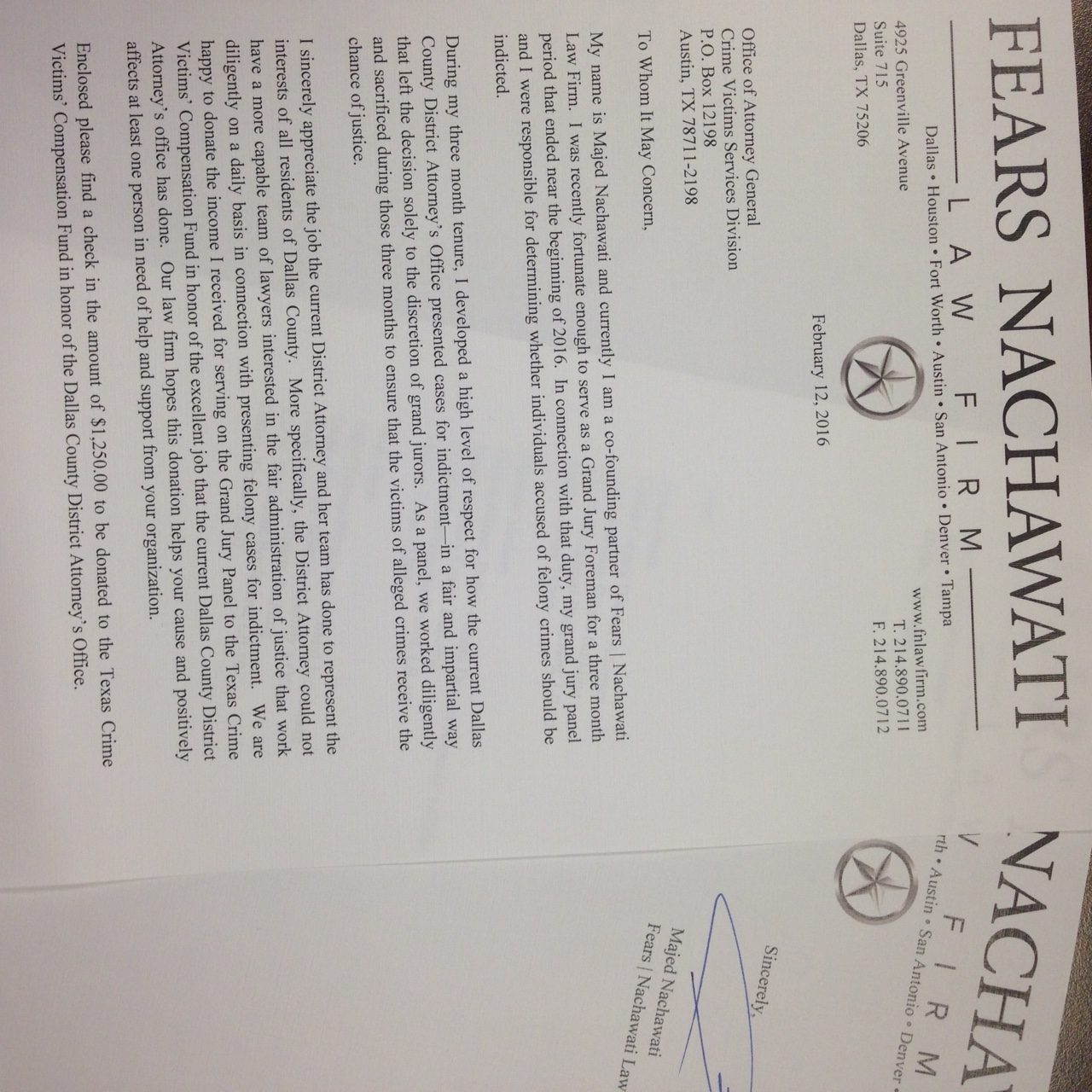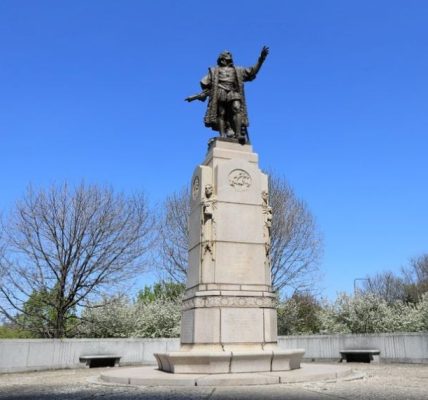On May 9, 1754 – just about a month before the Albany Congress was set to meet – Benjamin Franklin published his famous Join or Die political cartoon in The Pennsylvania Gazette, symbolizing his now long-forgotten call for a colonial union. Although it was rejected in the coming months, Franklin believed the plan could have radically changed the course of American history.
As he wrote in 1789, had his plan been accepted the Colonies would have been “sufficient to their own Defence,” rendering “an Army from Britain,” as “unnecessary.” As a result, Franklin noted, there would have been no excuses for the Stamp Act and the many other revenue-raising internal taxes to follow either:
“The Pretences for framing the Stamp-Act would then not have existed, nor the other Projects for drawing a Revenue from America to Britain by Acts of Parliament, which were the Cause of the Breach, and attended with such terrible Expence of Blood and Treasure: so that the different Parts of the Empire might still have remained in Peace and Union”
ALLIANCES
In the decade following the 1740s, Indian tribes loosely allied with France attacked a number of colonial settlements, primarily in New England and western New York. At the same time, the British colonies had formed an alliance with the Six Nations – or the Iroquois Confederation – primarily centered in present-day upstate New York, but also extending further south and west.
By the early 1750s, however, the peace was tense, at best.
In 1751 Franklin wrote to James Parker, suggesting that “securing the Friendship of the Indians is of the greatest Consequence to these Colonies.” He opined that a formal Union of the colonies was needed to get the job done, “so as to form a Strength that the Indians may depend on for Protection, in Case of a Rupture with the French; or apprehend great Danger from, if they should break with us.”
He also lamented the possibility that “ten or a Dozen English Colonies” might reject such a plan, despite the fact that the six nations had formed a Union and “that it has subsisted Ages.”
IROQUOIS CONFEDERATION
Here, Franklin was referencing the long-standing Iroquois Confederation along with the “Great Law of Peace,” which was the constitution of the Confederation. It was primarily conceived by Dekanawidah, “the great peacemaker,” and Hiawatha – and was adopted as early as the 12th century.
The Iroquois constitution was an early system of federalism. Each nation maintained its own leadership, but they all agreed that common causes would be decided in a Grand Council of Chiefs. In short, the goal was to base things on consensus and peace rather than fighting and war.
That, of course, is the entire point of a federal system. People with wildly differing political, economic, social and religious viewpoints can all live together under a big defense umbrella – in peace.
In 1744, Canassatego, spokesman for the Iroquois Confederacy, was at a meeting to negotiate what is now known as the “Great Treaty of 1744.” He ended the meeting with this advice for the American colonists:
“We have one Thing further to say,and that is, We heartily recommend Union and a good Agreement between you our Brethren. Never disagree, but preserve a strict Friendship for one another, and thereby you, as well as we, will become the stronger.
Our wise Forefathers established Union and Amity between the Five Nations; this has made us formidable; this has given us great Weight and Authority with our neighbouring Nations.
We are a powerful Confederacy; and, by your observing the fame Merhods our wise Forefathers have taken, you will acquire fresh Strength and Power; therefore whatever befals you, never fall out one with another.”
FRONTIER TENSIONS
By the end of 1753, however, tensions on the frontier were really ramping up because Great Britain and France were close to war over competing imperial claims in North America, among other issues.
Due to ongoing complaints about land frauds and diplomatic neglect, a group of representatives from the Mohawk – the easternmost nation in the Iroquois Confederation – traveled to New York City and declared that the alliance between the Six Nations and the British Colonies had come to an end.
When the British crown learned of the situation, it took action. In late 1753, the London Board of Trade – which supervised provincial affairs in America – sent letters to the Governors of New York, Virginia, Pennsylvania, Maryland, New Hampshire, Massachusetts-Bay, and New Jersey. It ordered the colonial governments to convene a meeting to resolve differences with the Iroquois.
The stated goal was to try to enact a comprehensive treaty made in the name of the King, rather than negotiating several small, possibly conflicting treaties with individual colonies. The meeting was scheduled for June 19, 1754 in Albany, New York.
Franklin seized the opportunity to promote a plan of Union for the colonies
JOIN OR DIE
On May 9, 1754 – an article published in The Pennsylvania Gazette along with the Join or Die cartoon started with news of small military defeat as reported by a young major in the Virginia Regiment – George Washington.
“Friday last an Express arrived here from Major Washington, with Advice, that Mr. Ward, Ensign of Capt. Trent’s Company, was compelled to surrender his small Fort in the Forks of Monongahela to the French.”
Editorializing in the last part of the article was most likely from Franklin himself and called for a colonial union as urgently needed to confront the French aggression:
“The Confidence of the French in this Undertaking seems well-grounded on the present disunited State of the British Colonies, and the extreme Difficulty of bringing so many different Governments and Assemblies to agree in any speedy and effectual Measures for our common Defence and Security; while our Enemies have the very great Advantage of being under one Direction, with one Council, and one Purse. Hence, and from the great Distance of Britain, they presume that they may with Impunity violate the most solemn Treaties subsisting between the two Crowns, kill, seize and imprison our Traders, and confiscate their Effects at Pleasure (as they have done for several Years past) murder and scalp our Farmers, with their Wives and Children, and take an easy Possession of such Parts of the British Territory as they find most convenient for them; which if they are permitted to do, must end in the Destruction of the British Interest, Trade and Plantations in America.”
ALBANY PLAN
The Pennsylvania government appointed Franklin as a commissioner to the Albany Congress. In the meantime, he wrote to New York commissioners James Alexander and Cadwallader Colden with an outline for a plan.
Franklin’s “Short Hints towards a Scheme for Uniting the Northern Colonies,” was brief, but it had a few notable proposals.
- A Governor-general – like a president – who would be “a military man” appointed by the King, and wielding veto power over all acts of a “Grand council” representing the colonies.
- A Grand Council – like delegates to the confederation congress – but with a mixture of representation systems. “One member to be chosen by the Assembly of each of the smaller Colonies and two or more by each of the larger, in proportion to the Sums they pay Yearly into the General Treasury.”
Within a few days of the Albany Congress starting, a committee was formed on a motion that passed unanimously, “that the Commissioners deliver their opinion whether a Union of all the Colonies is not at present absolutely necessary for their security and defence.”
The primary discussion focused on Franklin’s “Short hints” – and the committee expanded them, adding muchmore detail over the coming days. The committee published an expanded version for debate on June 28.
From there, the Congress debated the committee plan for a number of days, and on July 10, 1754, unanimously passed a final version, now known as The Albany Plan of Union.
As Constitutional scholar Rob Natelson notes, “Some of the Plan’s features foreshadowed the Articles of Confederation, some foreshadowed the Constitution, and some foreshadowed both.”
Natelson outlined a number of main features, including:
- A grand council – unicameral as Congress was under the Articles, but weighted in representation by state as under the Constitution. The grand council would be elected by colonial legislatures for three year terms, as Congress was under the Articles.
- As under the Constitution, there was to be an independent unitary executive. He was called the president-general, but he was appointed by the Crown rather than elected.
- As under the Constitution, the president-general could veto bills passed by the grand council. However, the president-general’s veto would not be subject to override.
- The executive and legislature were to enjoy enumerated powers, as Congress did under the Articles and as the federal government was to receive under the Constitution
REJECTION
Despite passage by the commissioners in Albany, the plan faced a steep, uphill battle. And every single assembly was quick to reject it. The same happened with the British, but as Franklin noted, for different reasons.
“The Assemblies did not adopt it, as they all thought there was too much prerogative in it, and in England it was judged to have too much of the democratic.”
In July 1775, just over two months after Lexington and Concord and the “shot heard ‘round the world,” Franklin again lamented the British rejection of the Albany plan:
“Let it be remembered, however, that she rejected the Plan we formed in the Congress at Albany, in 1754, for our own Defence, by an Union of the Colonies; an Union she was jealous of, and therefore chose to send her own Forces; otherwise her Aid, to protect us, was not wanted.”
IMPACT
Writing to Thomas Jefferson less than two months after the close of the Philadelphia Convention in 1787, John Adams also recognized the framers adopted at least part of the plan from Albany:
“They have adopted the Idea of the Congress at Albany in 1754 of a President to nominate officers and a Council to Consent: but thank heaven they have adopted a third Branch, which that Congress did not.”
Writing in 1835 on the “Origin of the Constitutional Convention,” James Madison also pointed to the Albany Plan as an important part of our revolutionary history:
“As early as the year 1754, indications having been given of a design in the British Government to levy contributions on the Colonies, without their consent; a meeting of Colonial deputies took place at Albany, which attempted to introduce a compromising substitute, that might at once satisfy the British requisitions, and save their own rights from violation. The attempt had no other effect, than by bringing these rights into a more conspicuous view, to invigorate the attachment to them, on the one side; and to nourish the haughty & encroaching spirit on the other.”
Franklin’s later thoughts turned to a view of what could have been – had the Albany Plan of Union been accepted by the American colonies and the British government. In 1789, he suggested that adoption could have radically changed the course of history from one of a long, bloody war to that of peaceful union and later separation.
“On Reflection it now seems probable, that if the foregoing Plan or some thing like it, had been adopted and carried into Execution, the subsequent Separation of the Colonies from the Mother Country might not so soon have happened, nor the Mischiefs suffered on both sides have occurred, perhaps during another Century.”
In Franklin’s view, the entire premise of British domination of the colonies – from standing armies to the Stamp Act and more – grew out this failure to adopt the Plan:
“For the Colonies, if so united, would have really been, as they then thought themselves, sufficient to their own Defence, and being trusted with it, as by the Plan, an Army from Britain, for that purpose would have been unnecessary: The Pretences for framing the Stamp-Act would then not have existed, nor the other Projects for drawing a Revenue from America to Britain by Acts of Parliament, which were the Cause of the Breach, and attended with such terrible Expence of Blood and Treasure: so that the different Parts of the Empire might still have remained in Peace and Union.”
As Benjamin Franklin warned – Join or Die.
Turns out, for countless souls, he may have been right.







